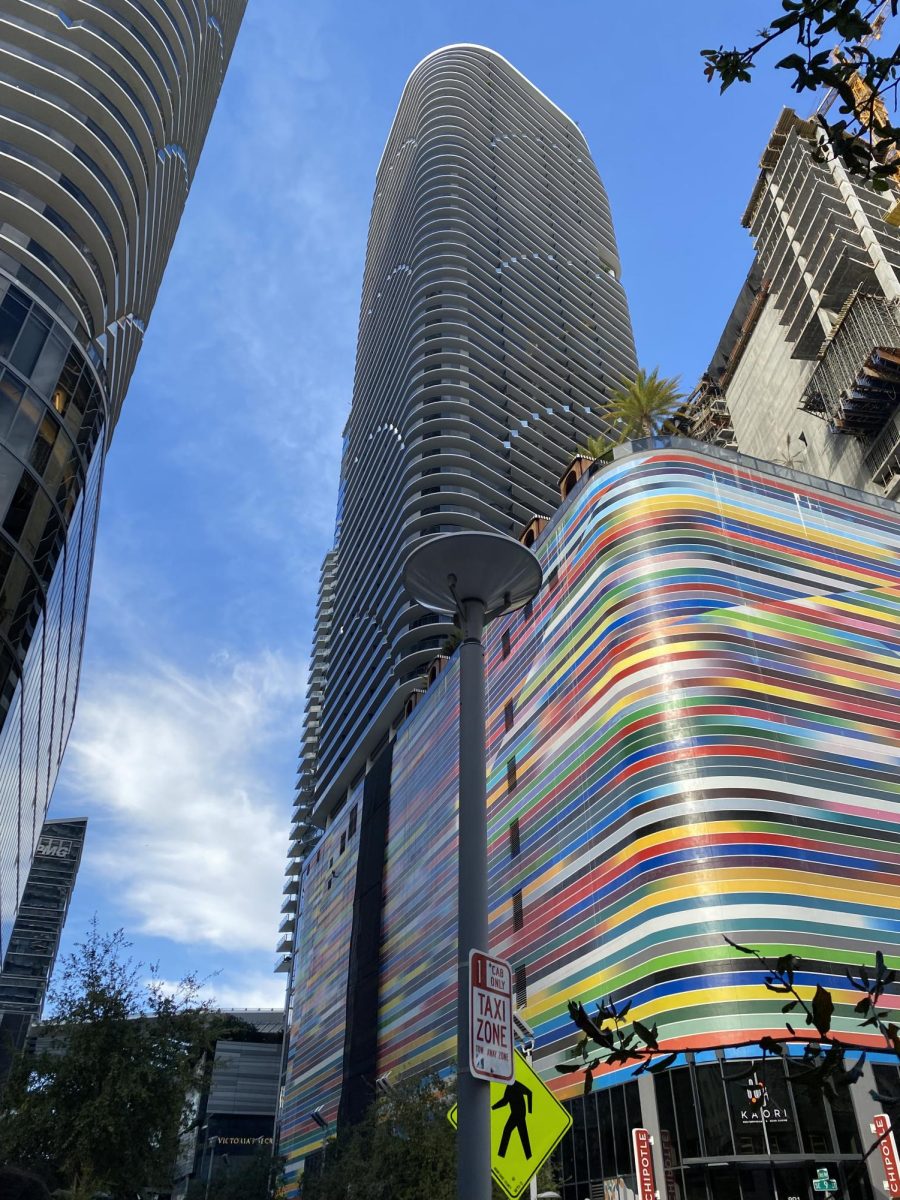In the world of fashion, when someone asks, “Where did you buy that outfit?” teens often mention stores like Shein, Zara or H&M. These big fashion names are everywhere, but what often goes unnoticed is the troubling side of how they operate and their impact on the environment. It is crucial to dig into these details and emphasize the urgent need for better oversight in the fashion industry.
Because of its pervasive presence, fast fashion represents a significant threat to the environment and even supports unfair labor practices that resemble modern-day slavery. For example, the U.S. Department of Labor found that Amazon exposed workers to unsafe conditions and ergonomic hazards at three more warehouses in Colorado, Idaho and New York. Amazon sells significant amounts of fashion merchandise, reaching $30 million in fashion revenue in 2020.
Known for its cheap pieces, Temu takes its place as another fast fashion site that exercises forced labor. BBC News came out condemning the practice Temu uses. In the article, the House Select Committee on the Chinese Community Party stated that Temu infringes the Uyghur Forced Labor Prevention Act, a law that ensures compliance with banning forced labor within their factories.
The most disconcerting of all is the plight of innocent children who endure the swamp of labor-intensive manufacturing. These young children endure deplorable working conditions daily, their health affected by exposure to harmful pollutants. This can cause respiratory problems that start at young ages. This is blatant inhumanity. It is a grave injustice that society’s wants for material possessions have eclipsed the value of human lives, and it is high time for change to take place.
Make no mistake, these trendy boutiques undoubtedly provide garments that indulge our desire to feel lavish. Zara, with its chic aesthetic and business casual attire, stands out, while Shein is renowned for its budget-friendly, hyper-trendy clothing. However, they all actively partake in the fast fashion phenomenon, and they are not held accountable with sufficient consequences. What price are we willing to pay for fashion if it entails jeopardizing a significant segment of the population?
Consider this: would you willingly wear attire that not only harms the environment but is also crafted by hands that have endured immense hardship? If your answer is a firm “no,” you are on the path toward shaping a more ethical world. If your answer leans towards “yes,” it is necessary for you to reevaluate the fundamental morality that governs your conscience and your values.
Climate change, characterized by long-term alterations in Earth’s local, regional and global climates, is an existential challenge confronting our planet. Fast fashion bears responsibility for exacerbating this environmental crisis. In the typical production process, fast fashion consumes 93 billion metric tons of clean water, cuts down 70 million tons of trees and uses 70 million barrels of oil in the manufacture of synthetic material. The spread of fast fashion extends to toxic chemical dyes and plastic fibers polluting rivers and streams, further damaging our ecosystems. Its harmful impact extends far beyond the borders of the U.S., affecting countries where these notorious brands are headquartered. Zara traces its origins to Spain, Shein operates in China—a nation grappling with the severe consequences of climate change—and H&M calls Sweden home.
Addressing this predicament with policing and governmental intervention stands to benefit not only millions of individuals but also the environment. Policing fast fashion to mitigate its impact on climate change involves a combination of regulatory measures and sustainable practices. Governmental intervention should empower stakeholders to hold fast fashion enterprises accountable for their malpractices, enforce equitable wages, and mandate the use of safe materials that render these garments wearable.
Shein, particularly prominent in the realm of fast-fashion online shopping, has repeatedly come under fire for this issue. Workers within its confines not only endure poor wages, but also inhale a multitude of toxic chemicals within the confines of their claustrophobic workplaces.
The need for change looms is large and the formulation of strict legislation to combat the detrimental effects of fast fashion emerges as a potent catalyst in ushering a brighter future.






